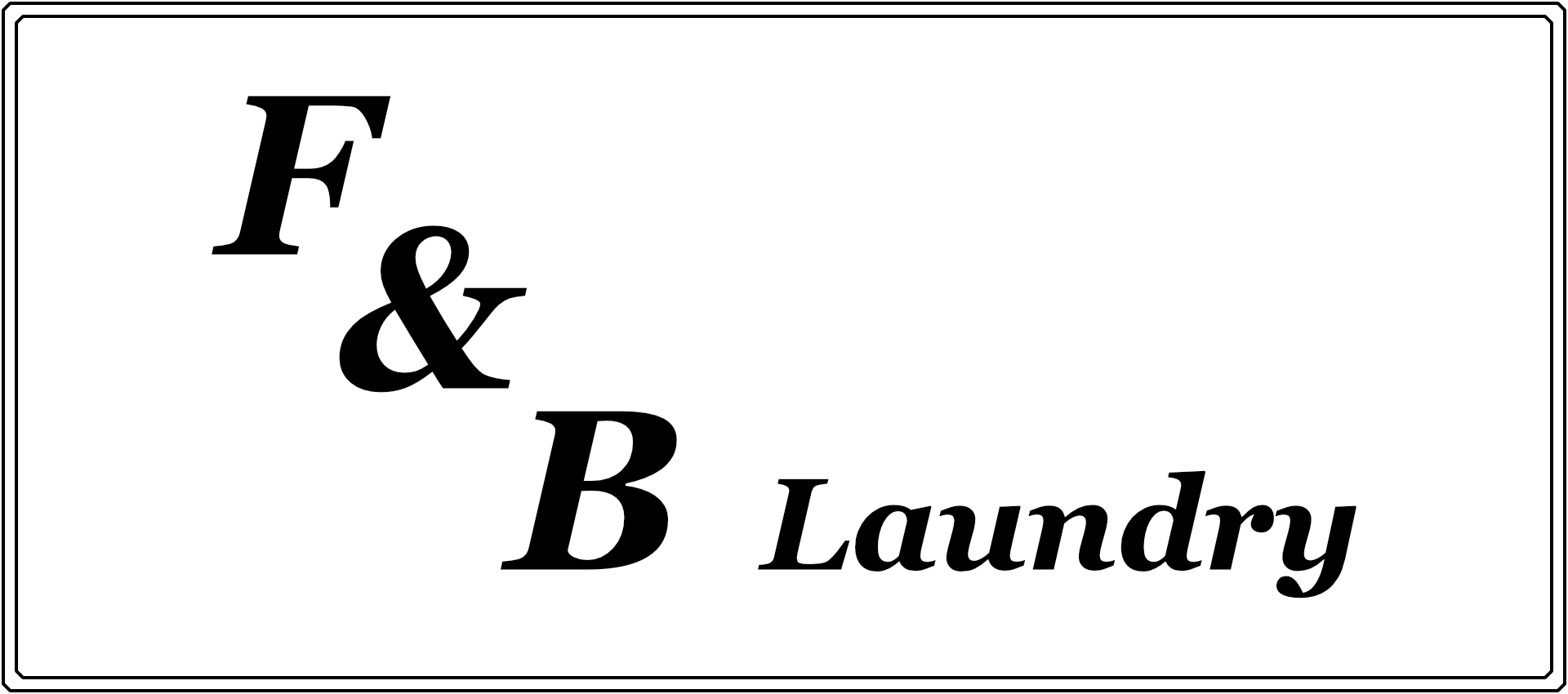
Introduction
Choosing the right washer and dryer isn’t just about style — it’s about finding the perfect fit for your space, laundry needs, and budget. Whether you’re in a compact apartment or a spacious home, the right setup can make laundry day faster, easier, and even enjoyable.
Key takeaway: The best washer and dryer for you depends on space, usage habits, energy efficiency, and budget. Considering these factors in advance helps avoid costly mistakes and ensures years of reliable performance.
In this guide, you’ll learn:
- The main types of washers and dryers
- Space and installation requirements
- Energy efficiency tips
- Special features worth the investment
- How to match capacity to your household
1. Types of Washers
Each washer type has pros and cons — knowing them will help you choose wisely.
Top-Load Washers
- Pros: Affordable, faster cycles, easy to load while standing.
- Cons: Use more water, rougher on clothes, less energy efficient than front-load models.
Front-Load Washers
- Pros: Energy efficient, use less water, gentle on clothes, stackable with dryers.
- Cons: Higher upfront cost, longer cycles, require bending to load/unload.
Compact & Portable Washers
- Pros: Great for small spaces, apartments, or single users.
- Cons: Smaller capacity, fewer settings, not ideal for heavy loads.
2. Types of Dryers
Choose a dryer that complements your washer and fits your installation needs.
Vented Dryers
- Pros: Fast drying times, widely available.
- Cons: Require external venting, limiting placement options.
Ventless (Condenser or Heat Pump) Dryers
- Pros: No vent required, place anywhere, energy efficient (especially heat pump models).
- Cons: Slower drying, higher upfront cost.
Compact Dryers
- Pros: Small footprint, stackable, perfect for tight spaces.
- Cons: Lower capacity, longer drying times.
3. Space & Installation Requirements
Measure carefully before buying:
- Ventilation & Hookups: Check for water lines, drainage, and proper venting or power outlets.
- Width & Depth: Standard: 27" wide. Compact: 24". Add space for hoses and vents.
- Height: Stacked units need 70–76" clearance.
- Door Swing: Ensure doors open fully without obstruction.
4. Energy Efficiency
Look for ENERGY STAR® models for long-term savings.
- Heat pump dryers use up to 50% less energy than traditional models.
- Front-load washers save up to 25 gallons of water per load.
5. Special Features
Modern machines offer features to improve convenience and care:
- Custom cycles: Adjust spin speed, temperature, and soil level.
- Steam cycles: Reduce wrinkles and refresh clothes.
- Smart controls: Manage laundry from your phone.
- Sanitize: Eliminate bacteria and allergens.
6. Matching Capacity
- Small households (1–2 people): 2.3–2.5 cu. ft. washer / 4–5 cu. ft. dryer.
- Medium households (3–4 people): 3.5–4.5 cu. ft. washer / 6–7 cu. ft. dryer.
- Large households (5+ people): 4.5+ cu. ft. washer / 7+ cu. ft. dryer.
Conclusion
The right washer and dryer will fit your space, handle your laundry needs, and make life easier. Factor in type, size, efficiency, and features to get the most value for your investment.
Pro tip: For commercial or multi-family spaces, leasing gives you access to top-tier machines without the upfront cost — plus maintenance included.

